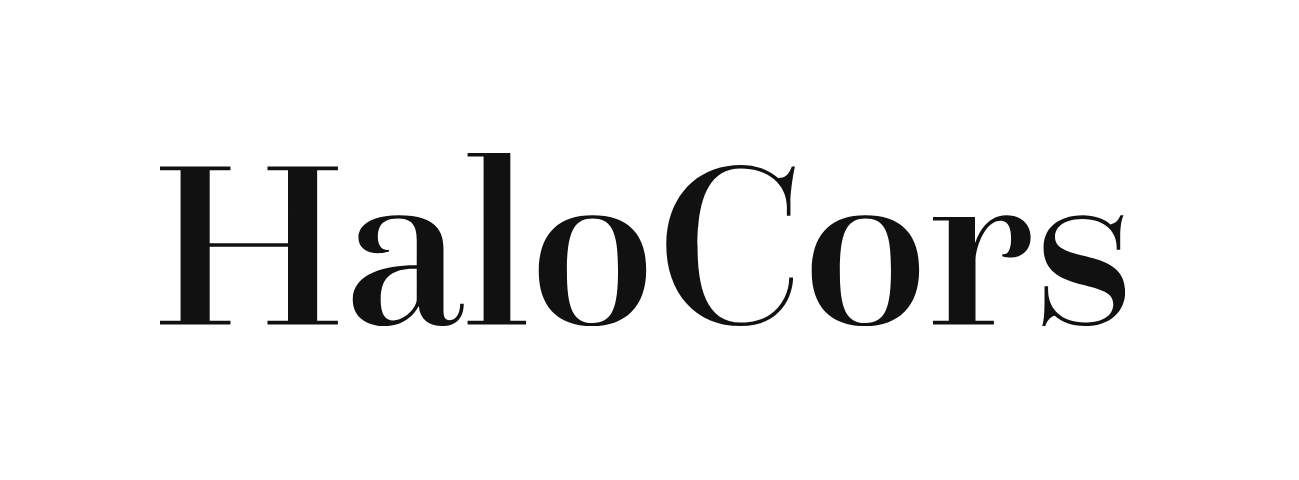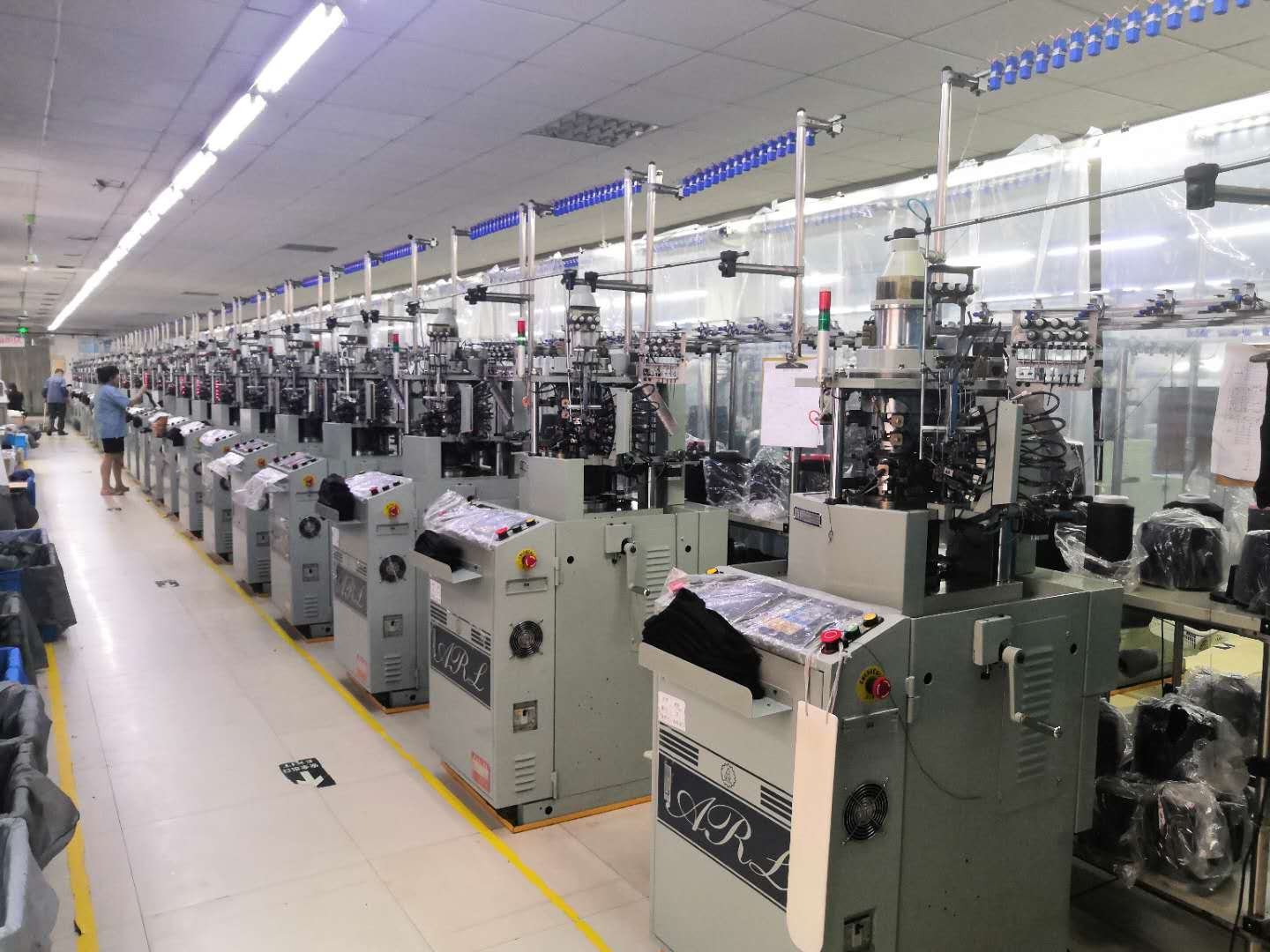Table of Contents
Introduction
The U.S. sock market is a dynamic and diverse segment of the apparel industry, characterized by its wide range of consumer demands. Socks cater to every lifestyle, from athletic performance and professional attire to casual comfort and sustainable living. For B2B buyers, understanding the nuances of this market is critical for making informed purchasing decisions.
This guide offers an in-depth analysis of the U.S. sock market, focusing on product categories, material preferences, functional features, and regional insights. By the end of this article, you will have a detailed understanding of this industry, empowering you to choose the right products for your target audience and establish competitive advantages.
1. The Role of Design in the U.S. Sock Market
Design plays a crucial role in the U.S. sock market, driving consumer preferences and product differentiation. For buyers, aligning with the latest design trends can boost appeal and position products for success.
1.1 Popular Design Elements
Argyle Patterns
- Description: Argyle socks feature timeless diamond-shaped patterns, often woven using Jacquard knitting techniques. These designs are a staple in business and semi-formal settings.
- Market Appeal: Argyle socks are associated with a classic, professional look, making them popular among working professionals in urban areas.
- Consumer Base: This design is particularly favored by men seeking understated elegance in their wardrobe.
Mesh Panels
- Functionality: Mesh panels are integrated into socks to enhance breathability, making them ideal for athletic and summer wear.
- Regional Demand: Mesh designs are highly popular in warmer states like California and Texas, where ventilation and moisture control are critical.
Graphic Socks
- Trend: Graphic socks feature bold, eye-catching designs, ranging from pop culture themes to abstract art.
- Consumer Base: Millennials and Gen Z are primary buyers, often purchasing these socks as statement pieces or gifts.
1.2 Color and Seasonal Trends
- Spring/Summer: Consumers prefer light pastels and vibrant colors paired with breathable fabrics for warmer weather.
- Fall/Winter: Darker tones, earthy colors, and thicker materials like wool blends dominate during colder months.
2. Functional Sock Categories: Serving Diverse U.S. Lifestyles
The U.S. sock market thrives on functionality, with specific categories tailored to meet a variety of consumer needs. Buyers must understand these categories to match product offerings to market demands.
2.1 Athletic Socks
Athletic socks are a cornerstone of the U.S. sock market, catering to fitness enthusiasts and active lifestyles.
- Types:
- Running Socks: Lightweight, moisture-wicking materials with arch support.
- Basketball Socks: Crew-length, cushioned designs for impact absorption.
- Hiking Socks: Durable, wool-blend materials for outdoor enthusiasts.
- Trends: The fitness and wellness movement has driven high demand for running and hiking socks, particularly in urban and outdoor retail markets.
2.2 Compression Socks
- Purpose: Compression socks apply graduated pressure to improve blood circulation, reduce swelling, and aid recovery.
- Target Groups:
- Frequent travelers.
- Professionals who stand for long hours, such as healthcare workers.
- Key Insight: Compression socks are increasingly marketed as wellness products rather than solely medical accessories.
2.3 Specialty Socks
Specialty socks cater to niche needs and offer added value for specific consumer groups.
- Thermal Socks: Designed for cold climates, using insulating materials like Merino wool.
- Diabetic Socks: Feature seamless construction and non-binding tops for optimal comfort.
- Eco-Friendly Socks: Made from sustainable materials like organic cotton or recycled polyester, catering to environmentally conscious buyers.
3. Material Preferences in the U.S. Market
Material selection greatly influences a sock’s comfort, functionality, and appeal. U.S. buyers prioritize materials that enhance performance while aligning with consumer values like sustainability.
3.1 Popular Materials
Cotton
- Organic Cotton: Widely preferred for its breathability and eco-friendly properties.
- Applications: Everyday wear, baby socks, and lightweight summer socks.
Synthetic Fibers
- Examples: Nylon, polyester, and spandex.
- Features: Moisture-wicking, quick-drying, and highly durable.
- Use Cases: Frequently used in athletic and performance socks for active consumers.
Wool
- Merino Wool: Soft, breathable, and temperature-regulating.
- Target Consumers: Popular among outdoor enthusiasts and winter market buyers.
Bamboo Fiber
- Features: Anti-bacterial, odor-resistant, and environmentally friendly.
- Trend: Increasingly sought after by health-conscious and eco-conscious consumers.
3.2 Material Impact on Consumer Choice
- Comfort and durability are non-negotiable for U.S. consumers.
- Sustainability is becoming a key factor, especially for younger demographics.
4. Length and Fit: Matching U.S. Consumer Preferences
4.1 Sock Lengths
No-Show Socks
- Description: Designed to remain invisible in low-cut shoes.
- Target Audience: Millennials and Gen Z, particularly in urban areas.
- Market Demand: These socks dominate the casual and athletic categories, especially in warmer months.
Crew Socks
- Description: Extends to mid-calf, a versatile length suitable for both casual and athletic purposes.
- Key Insight: Crew socks appeal to a wide audience due to their adaptability and comfort.
Knee-High Socks
- Description: Full calf coverage for added warmth and support.
- Applications: Popular among school uniform buyers and during winter months.
4.2 Fit Features
- Ribbed Cuffs: Prevent slipping while ensuring comfort.
- Compression Fit: Provides support and improves circulation for active wearers.
- Seamless Toes: Offer enhanced comfort, particularly for sensitive users.
5. Sustainability and Ethical Practices
5.1 Sustainable Materials
- Organic Cotton: A popular choice for baby socks and casual wear.
- Recycled Polyester: Derived from post-consumer waste, reducing environmental impact.
- Tencel and Modal: Soft, durable fibers made from sustainably managed wood sources.
5.2 Ethical Manufacturing
- Certifications:
- OEKO-TEX: Ensures material safety.
- Fair Trade: Promotes ethical labor practices.
- Packaging: Minimalistic, biodegradable options resonate with eco-conscious consumers.
6. Key Regional Insights for the U.S. Sock Market
6.1 Northeast (e.g., New York, Boston)
- Consumer Profile: Professionals and urban dwellers.
- Popular Products: Business socks, argyle patterns, and compression socks.
6.2 South (e.g., Texas, Florida)
- Consumer Profile: Casual lifestyles, warm climates.
- Popular Products: No-show socks, mesh designs, and lightweight fabrics.
6.3 West Coast (e.g., California, Washington)
- Consumer Profile: Eco-conscious, active lifestyles.
- Popular Products: Sustainable socks, running socks, and bold graphic designs.
6.4 Midwest (e.g., Chicago, Minnesota)
- Consumer Profile: Practical buyers in colder climates.
- Popular Products: Thermal socks, hiking socks, and durable materials.
7. Challenges and Opportunities in the U.S. Sock Market
7.1 Challenges
- Intense competition from domestic and international brands.
- Balancing affordability with sustainable practices.
7.2 Opportunities
- Catering to niche markets like diabetic and therapeutic socks.
- Expanding eco-friendly product lines to capture conscious consumers.
- Leveraging data-driven trends for regional and demographic-specific offerings.
Conclusion
The U.S. sock market is diverse and full of potential. By understanding its key classifications, material preferences, and regional trends, B2B buyers can make strategic decisions to meet market demands effectively. This knowledge is invaluable for navigating a competitive landscape and building successful product lines.


